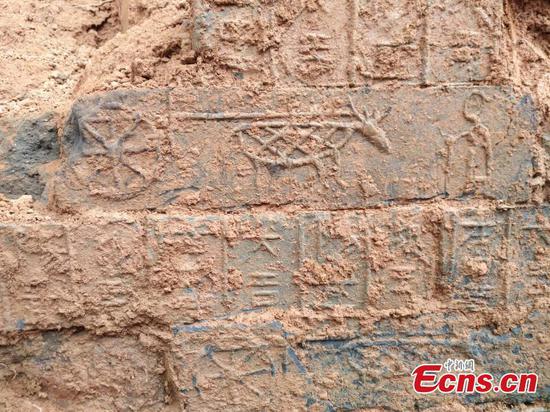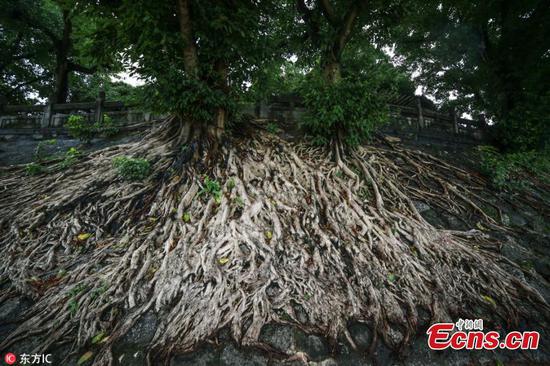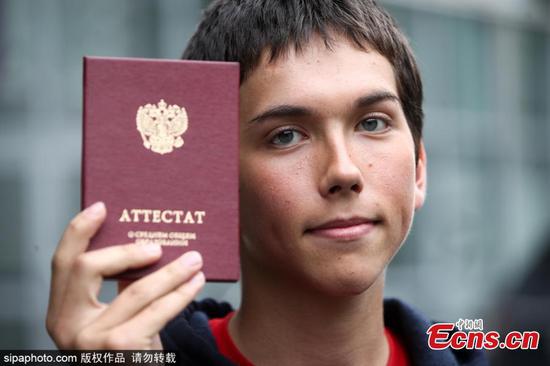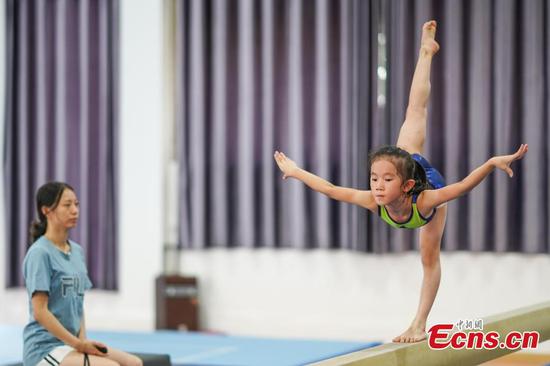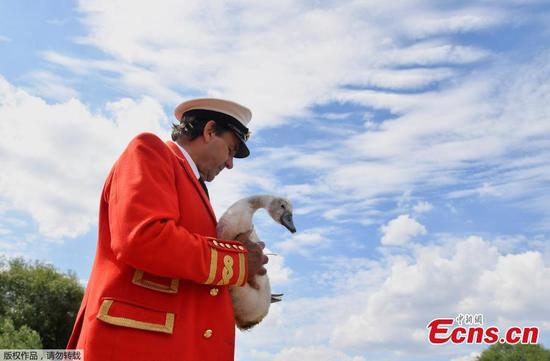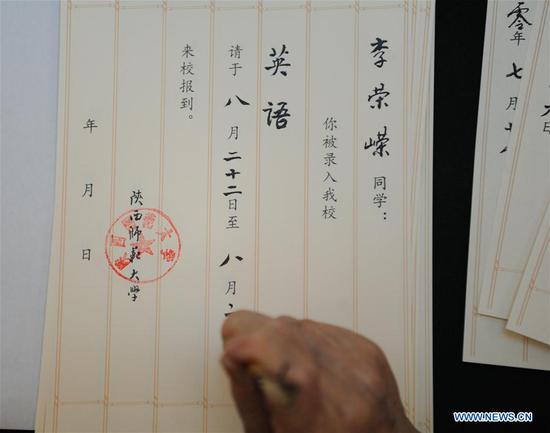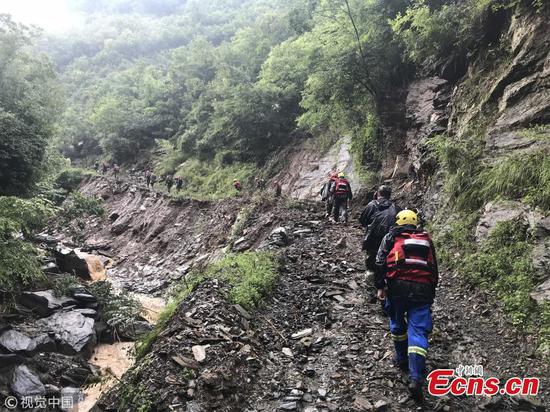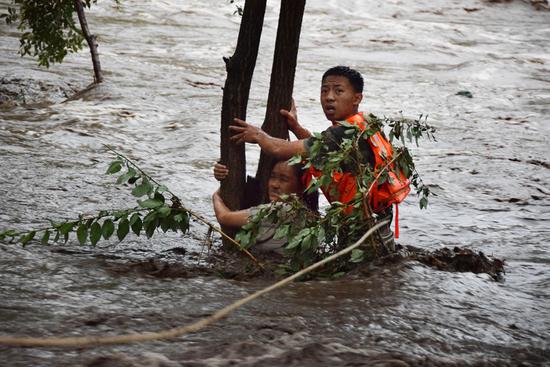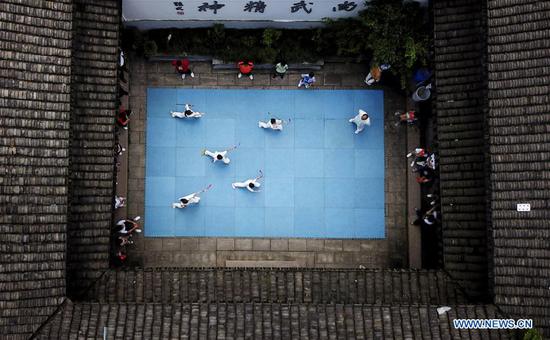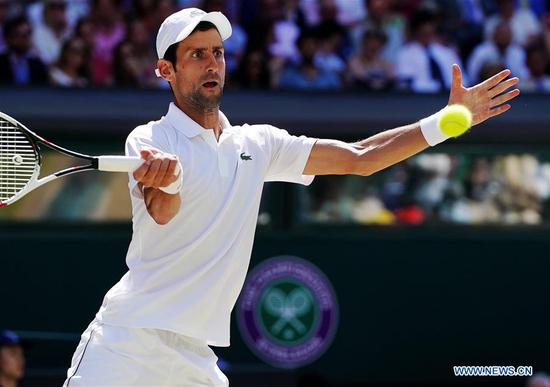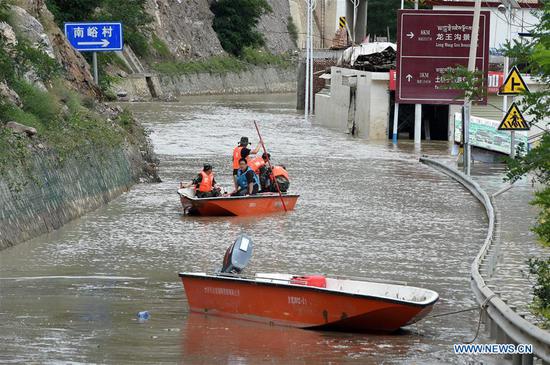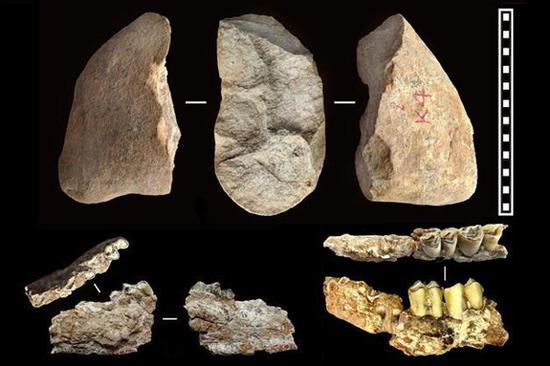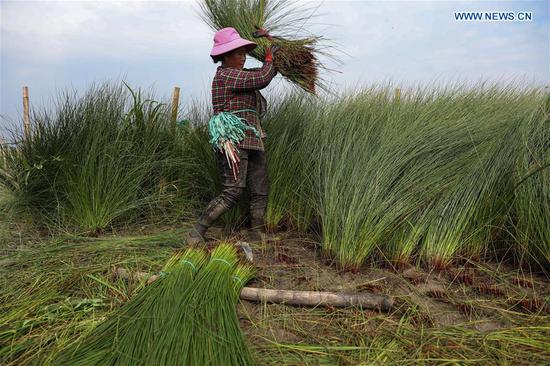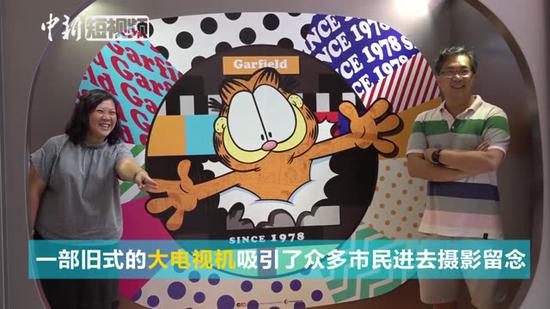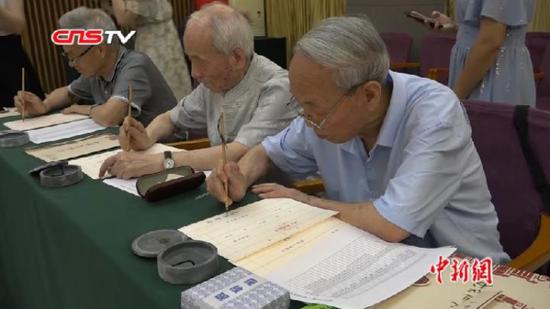"Good morning everyone! I am Keeko. Nice to meet you!" In the classroom, an artificial intelligence (AI) robot introduces itself before putting forward a question: "Why are there four different colored garbage bins in our kindergarten?"
Keeko, a humanoid robot standing 45 cm tall and weighing 4.5 kg, has become the newest recruit at Xingguo Kindergarten in Xiamen, east China's Fujian Province.
With help of the robot, teacher Yang Huizhen is teaching children about garbage sorting. Before the class started, she worked for several days collecting information and uploading it into Keeko's "brain."
"I once thought AI robots would steal the jobs of teachers, but my worry turned out to be unnecessary. They will be good teaching assistants as children are curious about them," said Yang.
Keeko, which is programed to interact with children aged below seven, can interact with them by playing games, singing, dancing, reading stories, having conversations and even doing mathematics.
In China, robots are not just being used in factories or logistic companies. Now they are being recruited by more kindergartens to help out in school classrooms. Robots like Keeko have been used in four classes at Xingguo Kindergarten.
At He & She Angel Kindergarten in southwest China's Chongqing Municipality, a robot frequently reminds children of developing good habits. "We should wash our hands before we have dessert," it says, as well as "in scorching heat, don't forget to drink more water."
"With cute voice and appearance, the robot is easily accepted by children," teacher Peng Liangjiao said. "Our workload has been reduced a lot."
In order to better serve kindergarten teachers and children, robot-developing companies are trying to improve their products.
"Our engineers are cooperating with kindergarten teachers who know what the children really need and how to teach," said Guo Changchen, CEO of Keeko Robot (Xiamen) Technology Co. Ltd., creator of Keeko.
"Teachers can prepare the lessons and upload the content to the robots. As more data is accumulated, the robots will become smarter and more helpful," he added.
So far, the robots developed by Guo's company have been used in 672 kindergartens across the country, he said.
Zheng Qinhua, an associate professor of education at Beijing Normal University, is happy to see the trend of robots entering into classrooms.
"Using technology such as image recognition and language interaction, AI robots can precisely record and analyze children's behaviors, interact with and accompany them," said Zheng.
Zheng believes that AI robots are, to some extent, one of the solutions for the lack of qualified teachers.
In response to a rapidly aging population, China ended its decades-long one-child policy in 2016.
A study conducted by the Center for Education Policy of Southwest University showed that the shortfall of kindergarten teachers and child-care workers in China will likely surpass three million by 2021 due to a growing number of children.
"However, while AI technology is a tool for teachers, it cannot replace teachers," Zheng added.
"Teaching requires love, patience, and kindness. At least now, robots cannot give children these things," Zheng said. "But I believe in future, AI robots, like the teachers, will accompany and help children grow."











